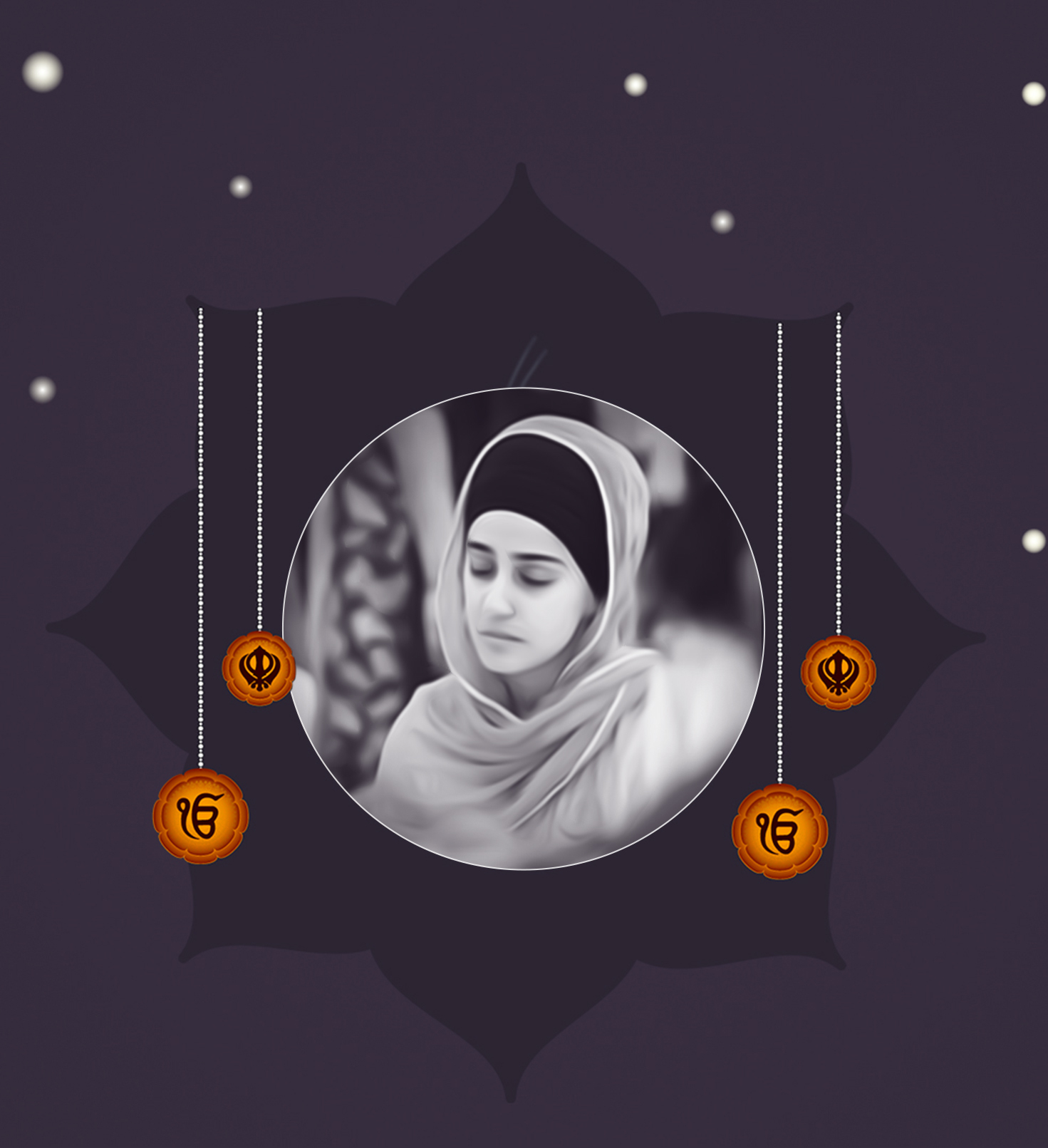
In the rich tapestry of Sikh culture, names hold profound significance, each carrying a unique story and meaning. One distinctive element often noticed is the suffix 'Kaur' attached to the names of Sikh girls. We aim to delve into the deep-rooted tradition of using 'Kaur' and shed light on the cultural, historical, and spiritual reasons that make it an essential component of Sikh identity.
Sikhism, founded by Guru Nanak in the 15th century, is a religion emphasizing equality, unity, and selfless service. Sikh names play a crucial role in reflecting these principles, and 'Kaur' is a testament to the equality promoted by Sikh Gurus.
The term 'Kaur' translates to "Princess" and signifies the equality of women within the Sikh community. It serves as a reminder that all Sikh women, regardless of their background or social status, share the same inherent dignity.
Sikhism rejects the caste system and focuses on the equality of all individuals. By adopting the common suffix, 'Kaur' Sikh women reject the societal hierarchies and emphasize their spiritual identity over any worldly distinctions.
Unlike traditional surnames that might denote caste or social class, 'Kaur' replaces such distinctions. This practice aligns with the Sikh philosophy of seeing all humanity as one, transcending the barriers of caste, creed, or gender. Historical Roots:
The origin of'Kaur' as a suffix can be traced back to the time of Guru Gobind Singh, the tenth Sikh Guru. The purpose of introducing this practice was to promote unity and equality among Sikhs, regardless of their marital status or family background, thus ensuring that women were not identified solely based on these factors.
While the use of 'Kaur' is deeply rooted in Sikh tradition, its contemporary relevance remains significant. Sikh women continue to embrace 'Kaur' as a symbol of their identity, challenging societal norms and advocating for gender equality.
The global Sikh diaspora has played a crucial role in promoting and preserving the tradition of 'Kaur.' The diaspora acts as a bridge between diverse cultures, fostering dialogue and understanding about Sikhism and its cultural nuances.
'Kaur' has found its way into artistic and creative expressions, becoming a symbol in literature, music, and visual arts. Artists use it as a motif to convey messages of unity, diversity, and the timeless principles of Sikhism.
The use of 'Kaur' also plays a role in interfaith dialogue, prompting discussions about Sikh values, equality, and the importance of identity. It fosters a broader understanding of Sikhism and its contributions to the global tapestry of religions.
The choice to use 'Kaur' is not merely a naming convention; it is a powerful statement of equality and unity within the Sikh community. Understanding the historical and cultural significance of 'Kaur' adds layers of meaning to the names of Sikh girls, making them a reflection of the timeless principles upheld by Sikhism.